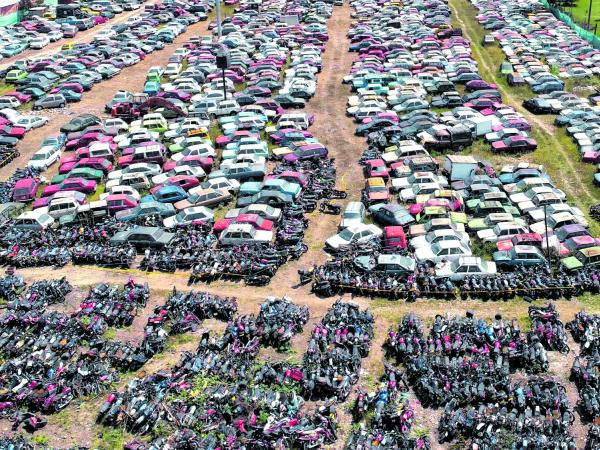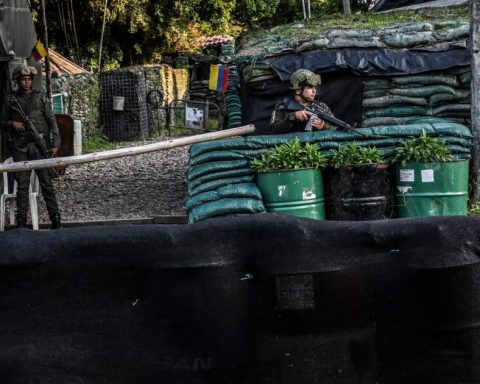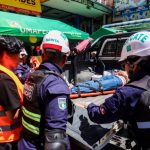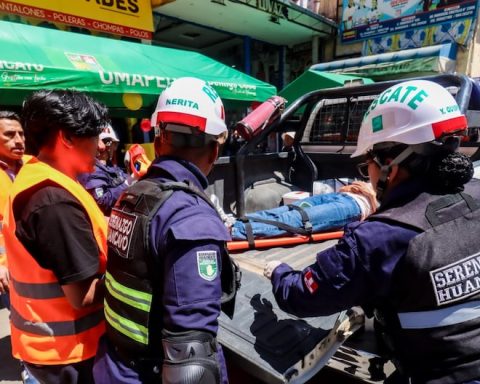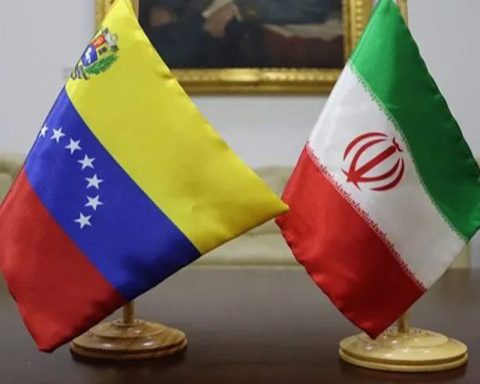In Colombia, only 381 municipalities have a regional traffic authority, and this makes controlling road safety and avoiding accidents, which cost Colombia more than 7,000 lives each year, a complex task.
(How to verify the validity of the Soat to avoid fines).
This is how Simit’s Technical Director, Sandra Milena Tapias, explains it, noting that starting tomorrow all the country’s regional transit authorities will meet with government representatives to begin studying changes that they hope will result in a modification to the Traffic Code and in Transportation Statute.
They will do so within the framework of the 10th National Congress of Territorial Authorities of Transit, Transport and Mobility 2022.
Among the great changes that are expected is the one that will achieve the proposal of the Minister of Transportation, to assign in some municipalities the function of regional traffic authority to the National Police, to increase the coverage of road safety regulations in each municipality. from the country.
But the municipalities are also working to make the Law of Yards expeditious and functional, since currently the yards of vehicles with infractions have become vehicle cemeteries and the excess of regulatory bureaucracy makes it almost impossible to auction or scrap the machines. that are stored there.
The technical director explains that the regional transit authorities are also working on the Transport Statute in order to have technical specifications on the type of cargo vehicles that can circular, their capacities and the engines they must have.
And he explains that all these issues will be addressed in a large workshop in which they will work to deliver a complete document that allows the regions to build what should be the changes to these important regulations.
$8.9 billion for the regions
Since the Integrated Information System on Fines and Penalties for Traffic Violations (Simit) was created in 2002 to date, and as of last August, $8.9 billion have been collected for violations, which are distributed among the municipalities where the infractions were committed and destined for the National Transit Directorate when the fines are on national roads, and a percentage for the Simit co-administrator and spinner of the system.
(They seize defaulters with traffic fines for drunkenness).
Thus, when the infraction is committed in a municipality and is imposed by the authority of that municipality, 90% of the resources go to that territorial entity.
When the infraction is committed on a national road with the jurisdiction of a municipality but by the road authority of the highway police, 45% of the collection goes to the Traffic Police Directorate and the other 45% to the municipal coffers.
Likewise, Sandra Milena Tapias points out that three million subpoenas are imposed in Colombia each year and of those only 45 or 50% are paid and that is the amount that is transferred.
The directive adds that today when a vehicle commits an infraction in a region other than the one in which it resides, it can make the payment in the city of residence and the Simit transfers the resources.
There is a lot of confusion on the subject of photo fines and there are people who believe that the system is not operating, getting unpleasant surprises when they are required or notified of infractions reported with cameras.
“What the Court said is that the driver must be identified,” clarify. And many of the installed equipment already do“it is not that photo fines cannot be applied, it is that the driver must be identified”, highlights the expert.
The meeting in Cartagena will be attended by the Minister of Transport, Guillermo Reyes González; the Superintendent of Transportation, Ayda Lucy Ospina Arias and the Brigadier General. Wilson Javier González Delgadillo, director of the Traffic and Transportation Directorate of the National Police, among other officials.
In addition, there will be the transit authorities of the 381 municipalities and some mayors who have been linked to the event.
If the proposal of the Minister of Transport, Guillermo Reyes, to delegate the traffic authority to the Police in the municipalities that do not have it today, comes to fruition, it would mean for those regions the arrival of an additional source of resources on account of infractions. traffic.
BRIEFCASE
